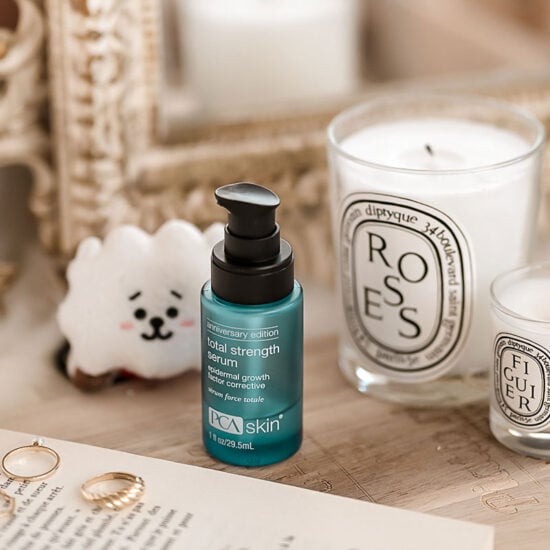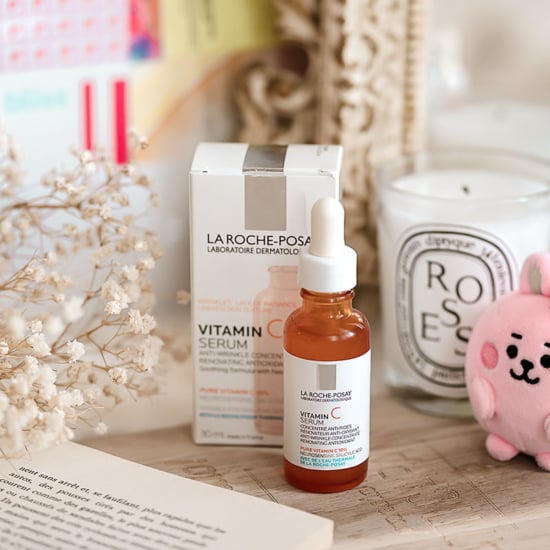Adenosine exists naturally within our bodies and plays an important role in cell communication. While rarely featured as the “star” ingredient in formulas, it’s a frequent supporting cast that provides several key functions.
Adenosine’s Benefits for the Skin
Anti-inflammatory and wound healing
A 2023 study showed that applying adenosine topically can help reduce sensitivity in the skin, which is particularly beneficial for those with conditions like eczema and rosacea. Adenosine has also been shown to help in the wound healing process.
Barrier repair and protection
A 2002 study showed that Adenosine can help speed up the skin barrier repair process, as well as minimize irritations due to compromised barriers.
Reducing fine lines
A 2006 study showed that when adenosine is applied topically, it can significantly smooth out our skin and decrease the appearances of fine lines.
Jenny’s notes: Adenosine is one of those supporting ingredients I’m happy to see in anti-aging products, especially when paired with retinoids since it can help counter some of the irritations. However keep in mind the research is still limited in comparison.
Sources
- Burnstock, Geoffrey, et al. “Purinergic Signaling in Healthy and Diseased Skin.” Journal of Investigative Dermatology, vol. 132, no. 3, Elsevier BV, Mar. 2012, pp. 526–46, https://doi.org/10.1038/jid.2011.344.
- Silva-Vilches, Cinthia, et al. “Topical Application of Adenosine A2-Type Receptor Agonists Prevents Contact Hypersensitivity Reactions in Mice by Affecting Skin Dendritic Cells.” Journal of Investigative Dermatology, vol. 143, no. 3, Elsevier BV, Mar. 2023, pp. 408-418.e6, https://doi.org/10.1016/j.jid.2022.07.032.
- Mitsuhiro Denda, et al. “P2X Purinergic Receptor Antagonist Accelerates SkinBarrier Repair and Prevents Epidermal Hyperplasia Inducedby Skin Barrier Disruption.” Journal of Investigative Dermatology, vol. 119, no. 5, Elsevier BV, Nov. 2002, pp. 1034–40, https://doi.org/10.1046/j.1523-1747.2002.19505.x.
- Abella, M. L. “Evaluation of Anti-Wrinkle Efficacy of Adenosine-Containing Products Using the FOITS Technique.” International Journal of Cosmetic Science, vol. 28, no. 6, Wiley-Blackwell, Nov. 2006, pp. 447–51, https://doi.org/10.1111/j.1467-2494.2006.00349.x.







